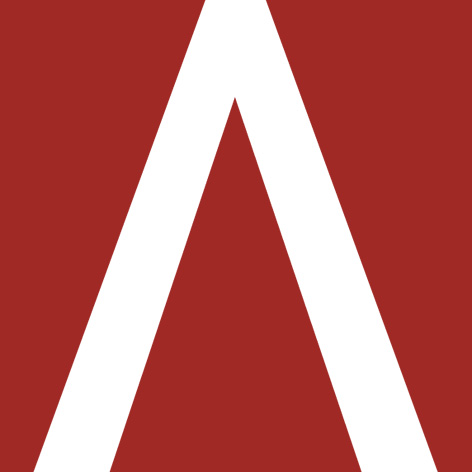La lingua perduta delle gru
Disegni nascosti nei progetti INA-Casa genovesi
Abstract
Il 28 febbraio 1949 il Parlamento italiano rende legge il progetto Provvedimenti per incrementare l’occupazione operaia, agevolando la costruzione di case per lavoratori, presentato al Consiglio nel luglio dell’anno precedente dal ministro democristiano Amintore Fanfani. Con esso, si darà avvio a quell’intenso programma nazionale di edilizia sociale noto come Piano INA-Casa.Finanziato con un sistema misto che prevede la partecipazione dello Stato, dei datori di lavoro e, attraverso una trattenuta sul salario mensile, dei lavoratori dipendenti, il piano palesa il suo carattere di programma di solidarietà nazionale, facendosi strumento per allargare non solo l’occupazione operaia, come nei dichiarati obiettivi, ma anche l’impegno del comparto dei progettisti italiani, finendo con l’essere «un esempio caratteristico d’incontro tra esigenze sociali e architettura». Ciò entro le previsioni e le possibilità attivate e concesse da regolamenti orientatati «a una revisione e a un aggiornamento continuo delle norme generali, contro ogni consuetudine burocratica». Questo carattere di urgenza determina certo la compressione dei tempi di redazione dei progetti, ma anche la semplificazione dei singoli iter approvativi, con l’effetto di costituire una inattesa possibilità, un inaspettato passaggio libero per alcuni dei giovani architetti coinvolti nell’azione. Da un lato la genericità e la scarsa definizione degli elaborati grafici richiesti consentono modifiche, anche sostanziali, in corso d’opera capaci di lasciar comparire elementi spesso completamente assenti nelle tavole di progetto approvate, dall’altro l’urgenza con la quale le amministrazioni locali manifestano la necessità di realizzare gli interventi garantisce agli architetti autonomia su alcuni aspetti di progetto sottratti a una condivisione preliminare. Si tratta di elementi sovente inattuali, poco ortodossi rispetto alle logiche e ai rigori della modernità, inaspettati, a volte contraddittori, che aprono su quella dimensione sperimentale che la grande scommessa sociale contiene dentro di sé, e della quale continuamente si alimenta. L’articolo si propone di descrivere alcune di queste tracce, nascoste nei progetti ed emerse nelle architetture della stagione INA-Casa genovese.


Questo lavoro è fornito con la licenza Creative Commons Attribuzione - Non commerciale - Condividi allo stesso modo 4.0 Internazionale.


